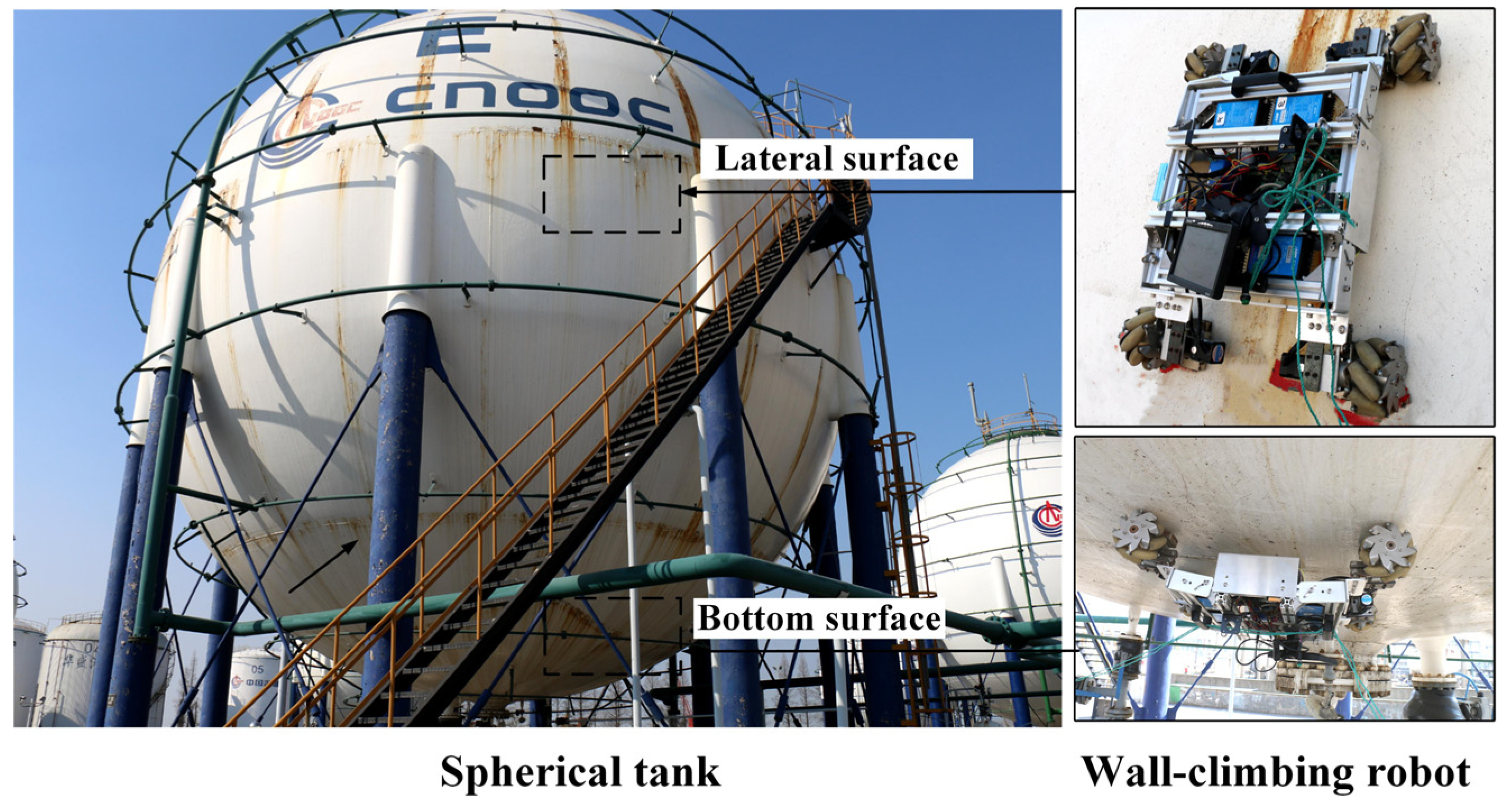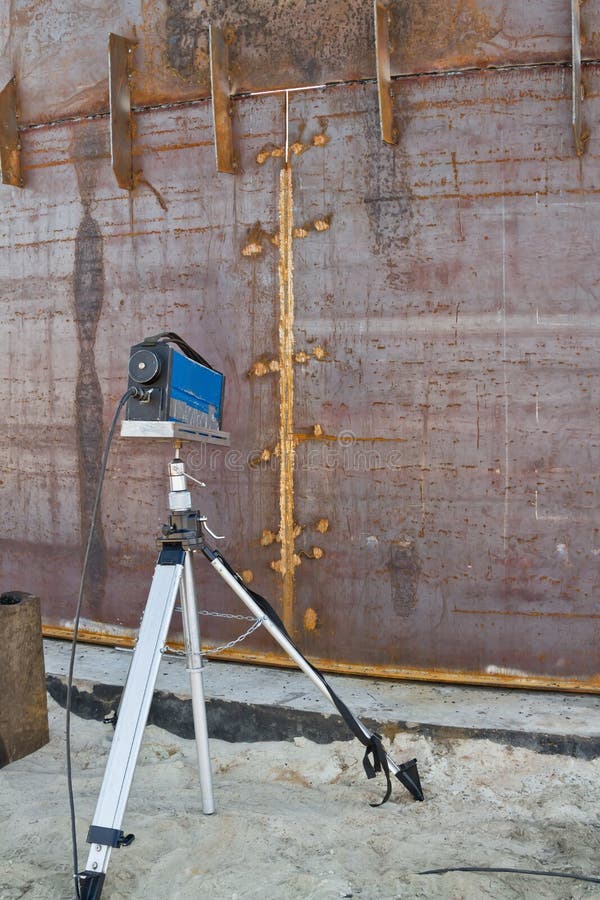An In-depth Summary of Container Welding Examination Specifications and Methodologies for Improved Weld Top Quality and Performance
The significance of welding evaluation criteria in the production of containers can not be overemphasized, as they function as the backbone for making sure weld integrity and functional integrity. Numerous evaluation methods, including visual assessments and advanced non-destructive screening methods, are essential in recognizing possible defects that can jeopardize performance. Adhering to regulatory requirements not just improves weld quality but also reduces the danger of expensive failures. As we explore the subtleties of these approaches, it ends up being essential to consider just how a methodical approach can revolutionize present methods and result in substantial enhancements in results.
Importance of Welding Inspection Requirements

Welding evaluation criteria encompass a series of standards, including material specs, welding procedures, and certifications of employees entailed in the welding process. By implementing these standards, companies can methodically recognize and remedy possible defects, thus reducing the likelihood of costly repair services or devastating failures. In addition, extensive examination methods promote a culture of responsibility and accuracy, encouraging welders to maintain high levels of workmanship.

Usual Welding Inspection Methods


Ultrasonic Checking (UT) is one more prevalent method, utilizing high-frequency acoustic waves to discover interior problems that may not show up externally. This method is specifically reliable for determining voids or incorporations within the weld steel. Magnetic Bit Examining (MT) is likewise commonly used, specifically for ferromagnetic materials, as it discloses surface area and near-surface defects with the application of electromagnetic fields and ferrous particles.
In Addition, Liquid Penetrant Screening (PT) finds surface-breaking flaws by using a penetrant to the weld and after that using a designer to attract out the penetrant. Each of these techniques adds to a detailed evaluation approach, making sure that welds meet the rigorous high quality standards needed in container construction.
Regulatory Criteria and Compliance
Regulative standards and conformity are important parts in guaranteeing the safety and security and reliability of bonded structures in container building - Tank Welding Inspection. These requirements serve to establish minimum needs for material homes, welding procedures, and examination methods, therefore decreasing the threat of structural failures and improving total efficiency
Trick organizations, such as the American Society of Mechanical Designers (ASME) and the American Welding Culture (AWS), offer standards that are extensively adopted in the market. Conformity with these criteria not just guarantees adherence to finest techniques yet also satisfies legal and contractual commitments, guarding the passions of stakeholders.
Regulative bodies usually mandate adherence to details codes, such as ASME Code Section IX for welding credentials and API 650 for bonded storage tanks. These codes describe demands for welding strategies, qualifications of employees, and screening approaches to confirm weld honesty.
Normal audits and examinations are critical to maintaining compliance, as they help identify deviations from established standards. Non-compliance can cause substantial fines, task hold-ups, and safety and security risks. Hence, a robust understanding of governing criteria and a why not check here dedication to conformity are vital in accomplishing top quality and durable bonded container frameworks.
Non-Destructive Checking Methods
Just how can the integrity of bonded structures be assured without causing damages? Non-destructive screening (NDT) techniques provide a robust remedy, making it possible for examiners to review weld top quality without endangering the material - Tank Welding Inspection. Among one of the most typical NDT methods are ultrasonic testing (UT), radiographic screening (RT), magnetic bit testing (MT), and color penetrant testing (PT)
Radiographic testing includes passing X-rays or gamma rays through the weld, producing images that expose structural flaws such as cracks or spaces. This approach is indispensable for assessing the stability of complex welds.
Magnetic fragment testing is fit for ferromagnetic materials, where magnetic areas disclose surface and near-surface stoppages. Dye penetrant screening utilizes a liquid color to highlight surface-breaking flaws, making it an efficient approach for non-porous materials.
Each of these NDT techniques has distinctive advantages, enabling for thorough assessments tailored to details products and welding processes. By executing these strategies, industries can guarantee the integrity and safety and security of welded structures, inevitably boosting overall performance.
Enhancing Weld Top Quality Via Inspection
Efficient assessment plays an essential function in boosting weld top quality, working as a vital checkpoint in the construction procedure. By identifying possible defects early, evaluations alleviate the danger of endangered architectural honesty and make certain compliance with industry requirements. Utilizing a official statement combination of visual exams, non-destructive screening (NDT) approaches, and mechanical analyses, assessors can spot issues such as look at this site porosity, cracks, and incomplete fusion.
Implementing a durable examination protocol not only improves the total top quality of welds yet additionally promotes a culture of responsibility among welders and fabricators. Normal training and qualification of assessment workers guarantee that they are equipped with the necessary abilities to acknowledge and deal with potential problems effectively. This aggressive technique lessens rework and connected costs, inevitably adding to forecast efficiency.
In addition, detailed paperwork of inspection searchings for supplies important insights right into repeating issues, promoting constant improvement in welding practices. By leveraging innovative innovations, such as automated ultrasonic testing or electronic radiography, weld quality can be boosted through more exact examinations. In final thought, an extensive evaluation process is vital in achieving high-grade welds, making certain security, reliability, and durability in container construction.
Final Thought
In final thought, the execution of strenuous container welding inspection standards and approaches is important for ensuring weld integrity and performance. By utilizing a combination of visual evaluations, non-destructive testing techniques, and adherence to governing criteria, companies can effectively identify and alleviate prospective flaws.